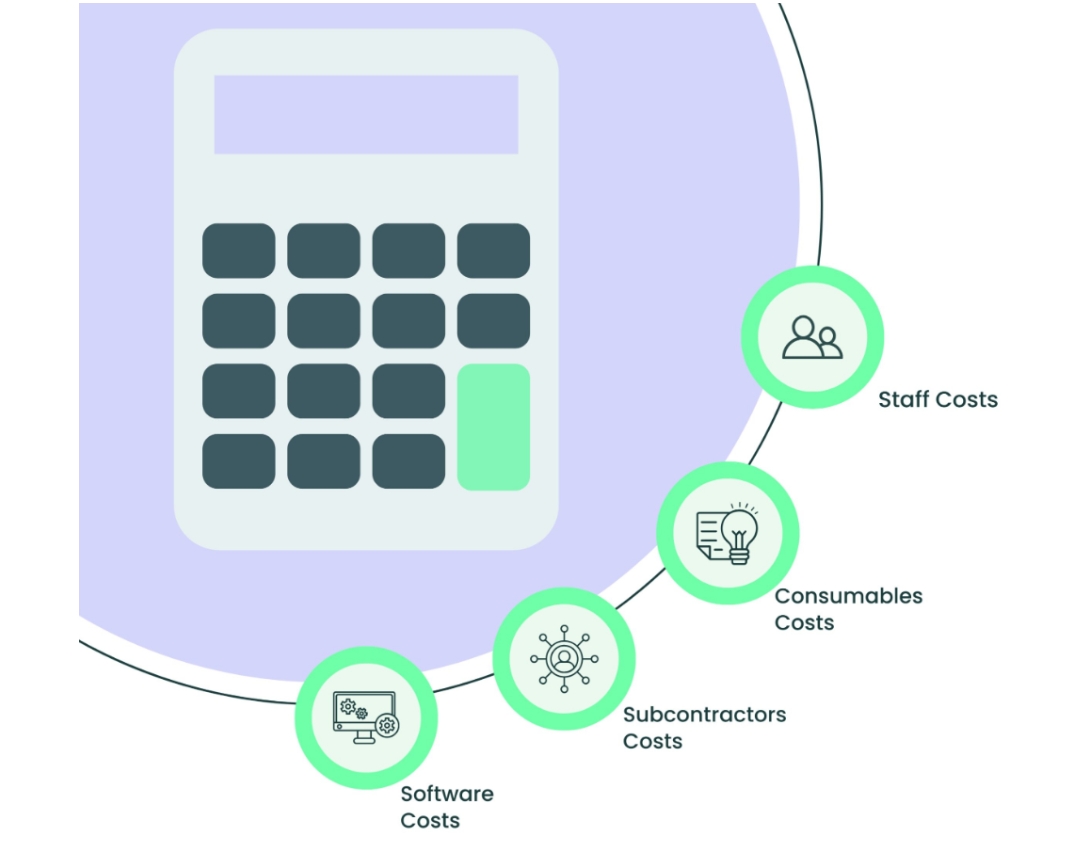R&D tax credits can offer a substantial return on investment for cutting edge projects, but if you’ve been wondering how much you could save with the relief, you’re not alone. That’s where an R&D tax credit calculator can lend a helping hand.
By combining complex algorithms with a simple easy to use interface, an effective R&D tax credit calculator takes the guesswork out of claiming valuable tax relief. When used properly, an R&D tax credit calculator is the key to save more, and stress less when compiling your claim.
So join me on this journey through the world of R&D tax credits, and you’ll understand the ins and outs of R&D tax relief, the benefits of using an R&D calculator, and what you’ll need to effectively calculate your claim!
What Are R&D Tax Credits?
R&D tax credits are a fantastic way for businesses to save money while pushing the boundaries of innovation. Backed by the government, this incentive is designed to reward companies that invest in creating, improving, or refining their products and processes.
The best part? They’re not limited to tech giants or scientists in labs. They’re available to businesses of all sizes, spanning across a variety of industries.
But with strict rules around eligibility, calculations and compliance, filing a claim can seem confusing and time consuming – of course, that’s if you’re not using the correct tools!
Maximising the Benefits of R&D Tax Credits
While using an R&D tax credit calculator can help simplify the calculation process, there are various other practices that can help maximise the overall benefits of the claim. The following highlights some of the actions you can take to maximise an R&D tax credit claim:
- Frequently maintain documentation
Documents are the key to proving the concept of your claim, so keeping detailed project reports, obstacles and even employee time sheets can be helpful - Keep up to date with HMRC
Regulations and policy are subject to change, so keeping track of the latest R&D relief news can be helpful - Work with an R&D specialist
Due to their working knowledge of R&D tax credits, a specialist can identify qualifying activities and eligible expenditures that often go overlooked, while adhering to the latest policies
Common Misconceptions About R&D Tax Credits
Despite their significant benefits, many businesses overlook R&D tax credits due to common misconceptions:
- My business won’t qualify
Many people assume R&D tax credits are only for large tech firms or scientific laboratories, but truth is, the relief was originally made for SMEs investing in their own innovations - It’s too complicated
With the right tools and guidance from R&D tax credit specialists, the claims process is pretty straightforward - It’s not worth the effort
Not only does a single R&D claim yield £1000’s that can be reinvested in the business, but it also shows potential investors that the business is a forward thinking innovator
Why Use an R&D Tax Credit Calculator?
No matter the size of your business, figuring out R&D tax credits can feel daunting, not to mention time consuming. This is when an R&D tax credit calculator may become your new best friend.
Not sure yet? Here are some key benefits of using an R&D tax credits calculator:
- Simplicity
Most calculators are designed to be user friendly, requiring only basic information about your company’s R&D expenditure - Accuracy
By automating the calculation process, this tool minimises errors and provides an accurate estimate of your claim - Time saving
Instead of poring over complex tax codes, you can input your data into the calculator and get a quick, reliable estimate
Key Features of a Good R&D Tax Credit Calculator
Not all calculators are created equal, so knowing what to look for is crucial. A reliable R&D tax credits calculator should include:
- Comprehensive input options
It should allow you to account for various costs, including staff salaries, subcontractor expenses, software, and materials - Real time updates
Tax laws and rates change frequently, but a good calculator stays up to date with the latest regulations - Tailored results
Calculations should reflect specific business circumstances, such as company size and turnover - Simple integration
A user friendly interface ensures you can input data without needing extensive financial expertise
How to Effectively Use an R&D Tax Credit Calculator
For best results when using an R&D tax credits calculator, it’s important to be prepared. I recommend you follow these steps:
- Gather financial data
Before using the calculator, collect detailed financial records, including employee costs and material costs - Understand eligibility
Ensure your projects meet HMRC’s requirements for R&D tax relief ahead of time - Enter accurate data
Input all relevant financial information into the calculator, ensuring all figures are precise - Review the results
Once the calculator provides an estimate, review it carefully
While the R&D tax credit calculator aims to simplify the calculation process, it’s recommended that businesses work with an R&D tax credit specialist in order to ensure that claims meet compliance requirements.




























